The Southern United States, often referred to simply as “the South,” is a region rich in history, culture, and complexity. Spanning from the Atlantic coast to the Gulf of Mexico and encompassing a diverse array of states, the South has been a pivotal area in shaping the broader narrative of American history. From its Indigenous roots and colonial beginnings to the Civil War, Reconstruction, and the Civil Rights Movement, the South’s history is marked by both profound achievements and deep struggles. This article explores key periods, events, and cultural developments that have defined the South.
Indigenous Peoples and Early History
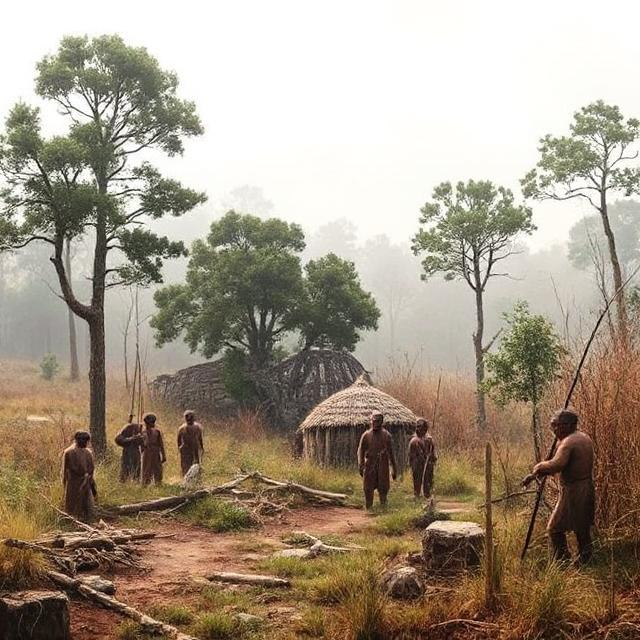
Pre-Columbian Era
Long before European contact, the Southern United States was inhabited by diverse Indigenous cultures. Tribes such as the Cherokee, Creek, Choctaw, Chickasaw, and Seminole thrived in this region, each with unique social structures, languages, and traditions. The Southeast was characterized by complex societies that engaged in agriculture, trade, and intricate political systems.
Major Civilizations
Mississippian Culture: Flourishing from around 800 CE to 1600 CE, the Mississippian culture was known for its large earthen mounds, complex chiefdoms, and extensive trade networks. Cahokia, near present-day St. Louis, was one of the largest urban centers in pre-Columbian North America, with a population that rivaled European cities of the time.
Agricultural Practices: Indigenous peoples practiced advanced farming techniques, cultivating crops like maize, beans, and squash, which formed the basis of their diets and economies. They developed sophisticated irrigation systems and trade routes that connected various tribes.
European Exploration and Colonization
The arrival of European explorers in the 16th century marked a significant turning point for the Southern United States. Spanish, French, and English explorers sought to claim territory and resources, leading to the establishment of colonies.
Spanish Influence
Florida: The Spanish established the first permanent European settlement in the continental U.S. at St. Augustine, Florida, in 1565. They sought to convert Indigenous peoples to Christianity and exploit the region’s resources. The Spanish missions aimed to spread Catholicism and European agricultural practices.
Cultural Exchange: The Spanish influence introduced new agricultural practices and livestock, significantly impacting the local economy and culture. The introduction of horses transformed transportation and hunting practices among Indigenous tribes.
French Colonization
Louisiana: The French established New Orleans in 1718, creating a vibrant cultural hub that blended French, African, and Indigenous influences. The region became a center for trade and cultural exchange, with a unique Creole culture emerging.
Economic Activities: The French engaged in fur trading and plantation agriculture, relying on enslaved labor from Africa and the Caribbean. This laid the groundwork for the complex racial dynamics that would characterize the region.
English Colonization and the Thirteen Colonies
The Southern colonies, including Virginia, North Carolina, South Carolina, and Georgia, were established by English settlers in the early 17th century. These colonies developed distinct economic systems based on agriculture and trade.
Tobacco Economy
Virginia: The introduction of tobacco cultivation in Virginia transformed the colony’s economy. Tobacco became a cash crop, leading to the establishment of plantations and the importation of enslaved Africans to work the fields. The Virginia Company played a crucial role in promoting tobacco as a profitable enterprise.
Indentured Servitude: Initially, many laborers were indentured servants, who worked for a set number of years in exchange for passage to America. However, as the demand for labor increased, plantation owners turned to enslaved Africans, leading to a brutal system of chattel slavery that would define the Southern economy.
The Antebellum Period (19th Century)
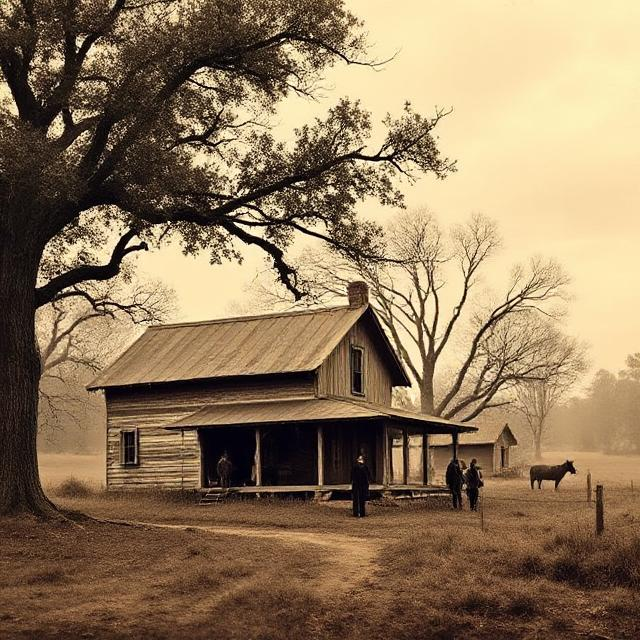
Expansion of Slavery
By the early 19th century, slavery had become deeply entrenched in the Southern economy and society. The cotton gin, invented by Eli Whitney in 1793, revolutionized cotton production and increased the demand for enslaved labor.
Cotton Kingdom
Cotton Production: The South became known as the “Cotton Kingdom,” with vast plantations producing cotton for both domestic and international markets. This economic boom solidified the South’s reliance on slavery and created a wealthy elite of plantation owners.
Social Hierarchy: Southern society was characterized by a rigid social hierarchy, with wealthy plantation owners at the top and enslaved people at the bottom. The plantation system shaped the culture and economy of the region, creating a lifestyle centered on agriculture and social status.
Cultural Developments
The antebellum South was marked by a rich cultural life, including literature, music, and art. Writers like Edgar Allan Poe, Harriet Beecher Stowe, and Mark Twain emerged during this period, reflecting Southern themes and experiences.
Religion and Social Life
Evangelicalism: The Second Great Awakening in the early 19th century led to a surge in evangelical Christianity, shaping the moral and social fabric of Southern society. Many religious leaders justified slavery through biblical interpretations, while others advocated for abolition.
Social Events: Southern society was characterized by social gatherings, including balls, church events, and community festivals, which reinforced social bonds and cultural traditions. The role of women in these social structures was significant, as they often organized events and maintained the household.
The Civil War Era (1861-1865)
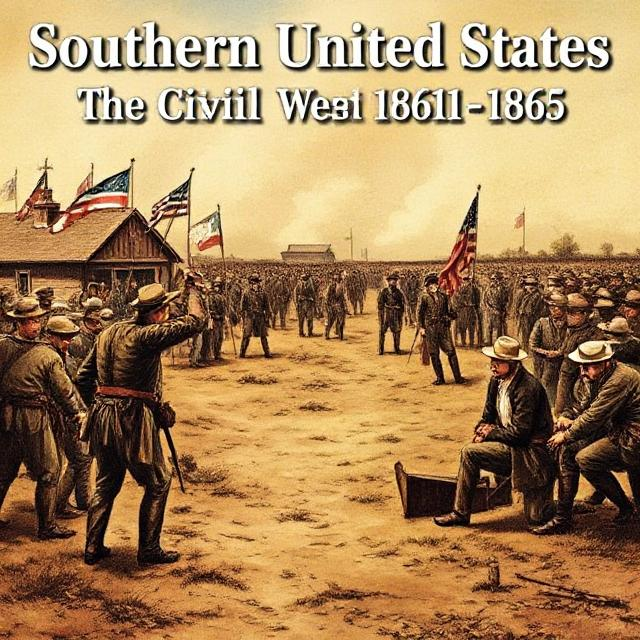
Causes of the Civil War
The Southern United States played a central role in the events leading to the Civil War. Tensions between the North and South over issues such as slavery, states’ rights, and economic differences escalated during the 1850s.
Secession
Formation of the Confederacy: In 1861, following the election of Abraham Lincoln, several Southern states seceded from the Union, forming the Confederate States of America. This act was driven by a desire to protect the institution of slavery and maintain Southern autonomy, leading to a profound national crisis.
The Civil War
The Civil War (1861-1865) was a devastating conflict that pitted the Union against the Confederacy. Major battles, such as Gettysburg, Antietam, and Vicksburg, were fought across the South, leading to significant loss of life and property.
Impact on Southern Society
Destruction and Devastation: The war left the South in ruins, with cities destroyed, economies shattered, and families torn apart. The aftermath of the war would have lasting implications for Southern society, including widespread poverty and displacement.
Emancipation Proclamation: In 1863, President Lincoln issued the Emancipation Proclamation, declaring enslaved people in Confederate-held territory free. This shifted the focus of the war to include the fight for freedom and fundamentally altered the nature of the conflict.
Reconstruction Era (1865-1877)
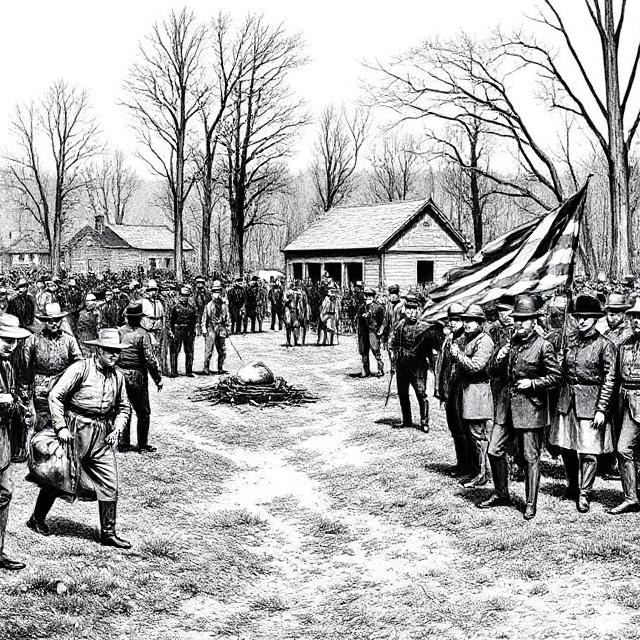
Rebuilding the South
After the Civil War, the Reconstruction Era aimed to rebuild the South and integrate formerly enslaved people into society. This period was marked by significant political, social, and economic changes.
Political Changes
Reconstruction Amendments: The 13th, 14th, and 15th Amendments abolished slavery, granted citizenship to African Americans, and secured voting rights for Black men. These amendments aimed to ensure civil rights for all citizens and marked a radical shift in American law.
Black Political Participation: During Reconstruction, African Americans actively participated in politics, with many elected to local, state, and federal offices. This period saw the establishment of schools and institutions for Black education, as well as the formation of Black churches that became centers of community life.
Resistance and Backlash
Despite progress, many white Southerners resisted Reconstruction efforts. The rise of groups like the Ku Klux Klan sought to undermine the rights of African Americans and restore white supremacy.
Jim Crow Laws
Segregation: In the late 19th century, Jim Crow laws were enacted, enforcing racial segregation and disenfranchising Black voters. This marked the beginning of a long period of systemic racism and discrimination in the South, affecting all aspects of life, including education, transportation, and public facilities.
Violence and Intimidation: The Klan and other white supremacist groups used violence and intimidation to suppress Black political participation and maintain control over Southern society. Lynching became a horrific tool of racial terror.
The 20th Century: Civil Rights Movement
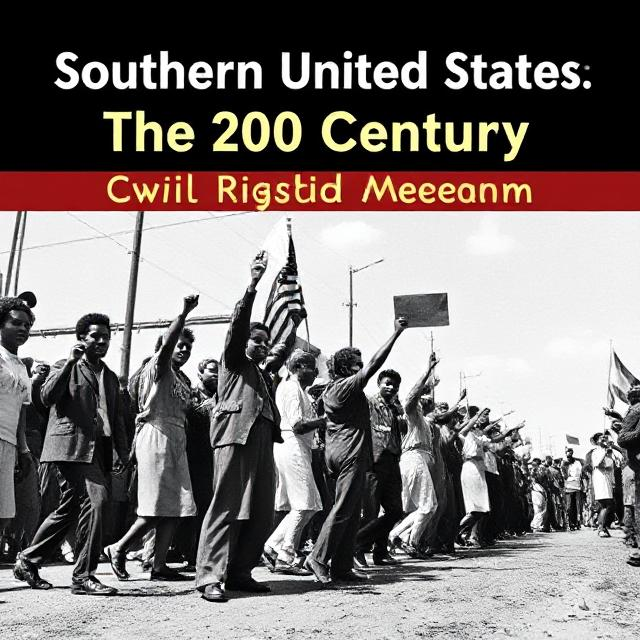
The Struggle for Civil Rights
The mid-20th century saw a renewed struggle for civil rights as African Americans sought to challenge segregation and discrimination. The Civil Rights Movement aimed to secure equal rights and end racial injustice.
Key Figures and Events
Martin Luther King Jr.: A prominent leader of the Civil Rights Movement, King advocated for nonviolent resistance and civil disobedience. His leadership during events like the Montgomery Bus Boycott and the March on Washington galvanized support for the movement. King’s “I Have a Dream” speech remains a defining moment in American history.
Landmark Legislation: The Civil Rights Act of 1964 and the Voting Rights Act of 1965 were pivotal in dismantling legal segregation and ensuring voting rights for African Americans. These laws represented significant victories for the Civil Rights Movement and were the result of years of activism and struggle.
Cultural Changes
The Civil Rights Movement brought significant cultural changes to the South. Music, literature, and art reflected the struggles and aspirations of African Americans, contributing to a broader understanding of Southern identity.
Southern Identity
Cultural Renaissance: The Southern Renaissance in literature and art celebrated the region’s unique culture and history, with writers like William Faulkner, Zora Neale Hurston, and Ralph Ellison exploring themes of race, identity, and social change. This period also saw the emergence of influential music genres, such as blues, jazz, and country, which reflected the diverse experiences of Southern life.
Contemporary South (21st Century)
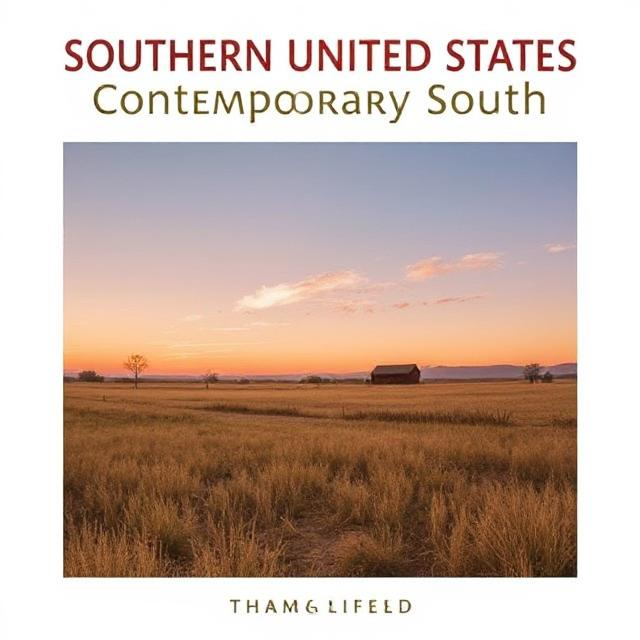
Demographic Changes
The Southern United States has experienced significant demographic changes in recent decades. Increasing diversity, driven by immigration and migration from other regions, has reshaped the cultural landscape.
Economic Transformation
Economic Growth: The South has seen substantial economic growth, particularly in industries such as technology, healthcare, and manufacturing. Cities like Atlanta, Charlotte, and Nashville have emerged as economic powerhouses, attracting businesses and investment.
Urbanization: The region has experienced significant urbanization, with many people moving to cities for job opportunities. This shift has led to the growth of diverse communities and cultural exchanges.
Ongoing Challenges
Despite progress, the South continues to face challenges related to race, poverty, and education. Issues such as income inequality and access to quality education remain pressing concerns.
Political Landscape
Political Polarization: The South has become a focal point for political polarization, with debates over issues such as healthcare, immigration, and social justice shaping the political landscape. The rise of populism and the influence of evangelical Christianity have also played significant roles in Southern politics.
Cultural Resilience
Cultural Festivals and Celebrations: The South is known for its vibrant cultural festivals that celebrate its diverse heritage. Events like Mardi Gras in New Orleans, the Atlanta Dogwood Festival, and various music festivals highlight the region’s rich traditions and sense of community.
Continued Activism: Grassroots movements continue to address issues of racial justice, environmental concerns, and economic inequality. Organizations advocating for LGBTQ+ rights, immigrant rights, and social justice have gained momentum, reflecting the ongoing struggle for equality in the South.
Conclusion
The history of the Southern United States is a rich and complex tapestry woven from Indigenous heritage, colonial struggles, the legacy of slavery, and the ongoing quest for civil rights. Understanding this history is essential for appreciating the region’s unique cultural identity and the challenges it faces today. The South continues to evolve, reflecting the resilience and diversity of its people, making it a vital part of the American narrative.


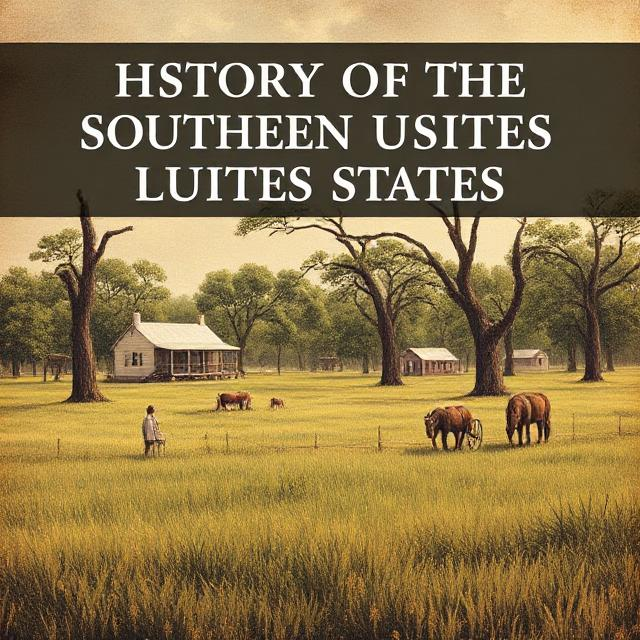
1 thought on “History of the Southern United States”